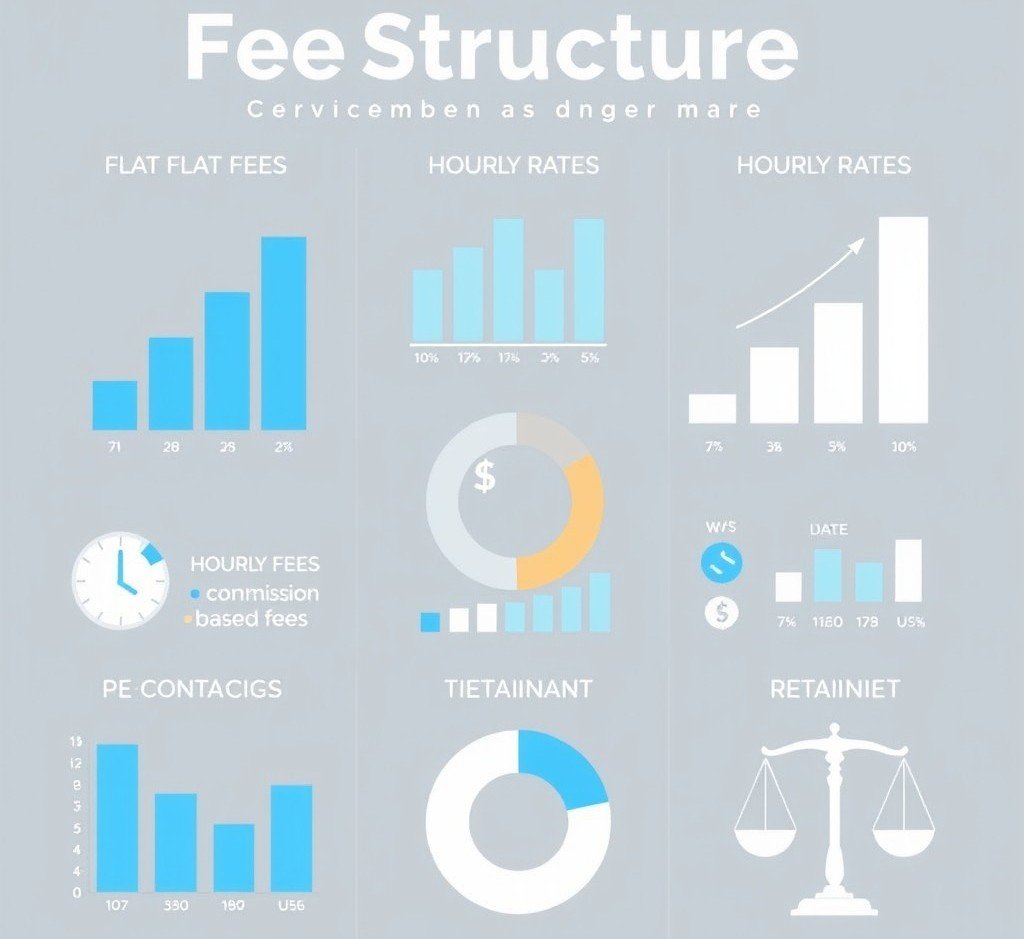How Do Bail Bondsman Make Money: A Deep Dive
How do bail bondsman make money is a valid question because their role isn’t always clear to the public. When someone is arrested and cannot afford bail, a bail bondsman acts as a guarantor. They pay the full bail amount to the court on behalf of the defendant, who only pays a small percentage to the bondsman.
The goal for the bondsman is to make a profit while ensuring the defendant shows up in court.
Bail bondsmen often work in partnership with courts and law enforcement agencies. Their service is crucial in maintaining a balance between pretrial freedom and ensuring the integrity of the judicial process.
What Is a Bail Bond?

A bail bond is a financial guarantee that a defendant will appear in court. The court sets a bail amount based on the severity of the crime, flight risk, and criminal history. If the defendant can’t pay, a bail bond agent can cover the amount in exchange for a fee—typically 10% of the bail.
For example, if bail is set at $20,000, the defendant pays $2,000 to the bail bondsman, who then posts the full $20,000 to the court. This payment allows the defendant to leave jail while their trial proceeds.
There are different types of bail bonds, including:
- Surety Bonds (most common)
- Cash Bonds
- Property Bonds
- Federal Bonds
- Immigration Bonds
Each type involves varying degrees of complexity and risk for the bail bondsman.
The Role of a Bail Bondsman

Bail bondsmen:
- Post bail for clients
- Ensure clients show up to court
- Recover defendants who skip bail (sometimes using bounty hunters)
- Collect fees and collateral
- Maintain legal compliance
They operate as licensed professionals, working independently or under a bail bond company. Profit comes from client fees and occasionally collateral. They often need a deep understanding of the legal system, finance, and human behavior.
How Do Bail Bondsman Make Money?

The primary way bail bondsmen make money is by charging non-refundable fees—typically 10% of the bail amount. This means:
- Bail: $50,000
- Client pays bondsman: $5,000 (non-refundable)
- Bondsman posts full bail and earns the $5,000 even if charges are dropped later
Their profit is the 10% minus overhead (office, staff, insurance). Because the fee is collected upfront, cash flow remains positive—as long as the defendant appears in court.
Additionally, bail agents may profit from interest or service fees on financing plans. Some offer payment plans, charging an additional percentage for financing bail over time.
Typical Fee Structures and Percentages

- 10% Standard Fee: The most common model, regulated in many states
- 5–15% Range: Varies by jurisdiction and bond size
- Flat Fees: For small bail amounts (e.g., $100 for $1,000 bail)
- Installment Plans: Higher total cost due to interest or late fees
High Bail = Higher Income
Large bail amounts offer more profit for the bondsman. A $100,000 bail could mean a $10,000 fee.
Some agents specialize in high-profile or high-bail cases to boost profitability.
Collateral and Risk Management

To protect against losses if a defendant flees, bail agents often request collateral:
- Real estate
- Vehicles
- Jewelry
- Co-signer guarantees
If the defendant skips court, the bail bondsman has a limited time to bring them back or they lose the full bail amount. Hence, they may use bounty hunters or legal means to recover them.
Profit vs. Risk
It’s a high-risk/high-reward business. If 1 in 20 clients skip bail and cannot be recovered, it can severely cut into profits.
Risk is mitigated by vetting clients, requiring cosigners, and leveraging relationships with bounty hunters.
Licensing, Regulations, and Legal Compliance

Bail bondsmen must be licensed and operate under strict state regulations. Requirements include:
- Criminal background checks
- Bonding and insurance
- Certification and training
Some states like Illinois, Oregon, and Kentucky do not allow commercial bail bonds at all, impacting where bondsmen can operate legally. Compliance violations can result in heavy fines or revocation of license.
Bondsmen must also stay current with:
- Court procedures
- Law enforcement collaboration
- Bail forfeiture rules
- Insurance mandates
Profitable Markets and Client Demographics

Bail bond businesses thrive in areas with:
- High arrest rates
- Dense urban populations
- Limited access to private financing
Most clients are:
- First-time offenders
- Low to middle-income individuals
- People charged with non-violent crimes
- Individuals with jobs or family ties
Repeat clients also contribute significantly to long-term revenue. Relationships with attorneys and law firms also drive referrals.
Challenges and Controversies in the Bail Industry
The industry faces scrutiny and legal challenges:
- Criticism: Accused of preying on low-income defendants
- Reform Movements: Push for ending cash bail
- Legal Pressure: Bills in multiple states to regulate or ban bail agents
Advocates argue that bail ensures accountability, while critics cite racial and economic disparities. Despite this, the bail industry remains profitable and legal in most states.
Digital Transformation and Technology in Bail Bonds

Bail bondsmen increasingly use technology to modernize:
- CRM software for managing clients
- Online applications for faster processing
- GPS tracking devices for high-risk clients
- AI-based risk assessment tools to evaluate flight risk
Digital marketing—SEO, paid ads, and social media—has become essential in reaching new clients and building trust.
Future Outlook of the Bail Bond Business
Despite ongoing reform efforts, the industry is expected to remain viable. Key trends include:
- More regulation = more professionalization
- Mergers and acquisitions = market consolidation
- Technology integration = streamlined processes
Bail agents who adapt to legal shifts and invest in technology will likely maintain or grow profitability.
Conclusion
How do bail bondsman make money is clearer when you break down their profit model: they charge non-refundable fees and minimize risk with collateral. It’s a cash-intensive, high-stakes business that combines financial risk, legal savvy, and client management. While regulations vary, successful bondsmen earn steady income by mastering risk assessment, maintaining compliance, and operating in high-demand regions.
FAQ’s
1. How does a bail bondsman make a profit?
A bail bondsman makes a profit by charging a non-refundable fee, usually 10% of the bail amount. They keep this fee regardless of the case outcome.
2. How much does a bail bondsman get paid?
Bail bondsmen typically earn 10% of the total bail amount as their fee. For high bail cases, this can mean thousands of dollars per client.
3. What happens to the money paid for a bond?
The money paid to a bail bondsman is a service fee and is non-refundable. It compensates the bondsman for the risk of posting full bail to the court.
4. How much is 10% of a $50,000 bond?
10% of a $50,000 bond is $5,000. This is the standard fee a defendant would pay to a bail bondsman.
5. Is becoming a bail bondsman worth it?
Becoming a bail bondsman can be profitable but involves high risk and legal responsibilities. Success depends on location, network, and compliance with laws.


